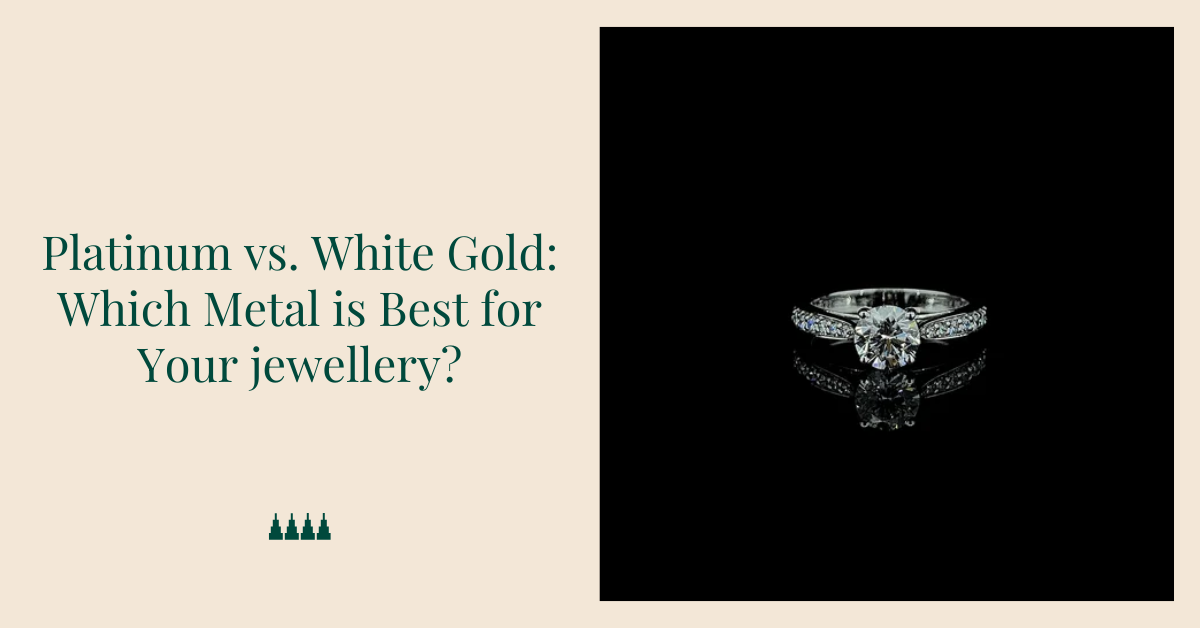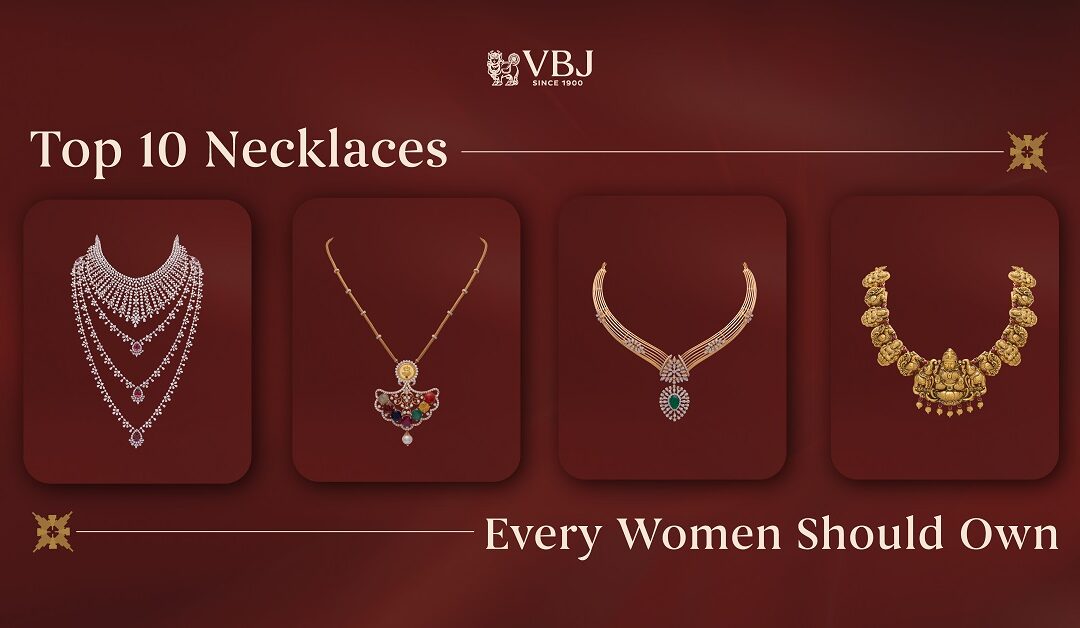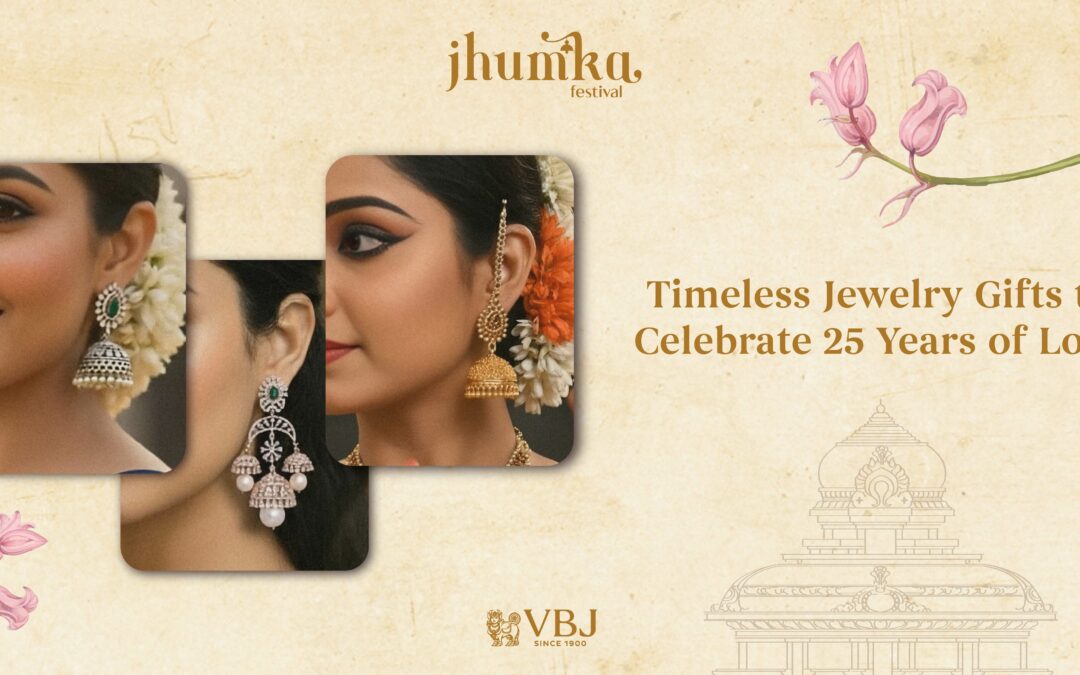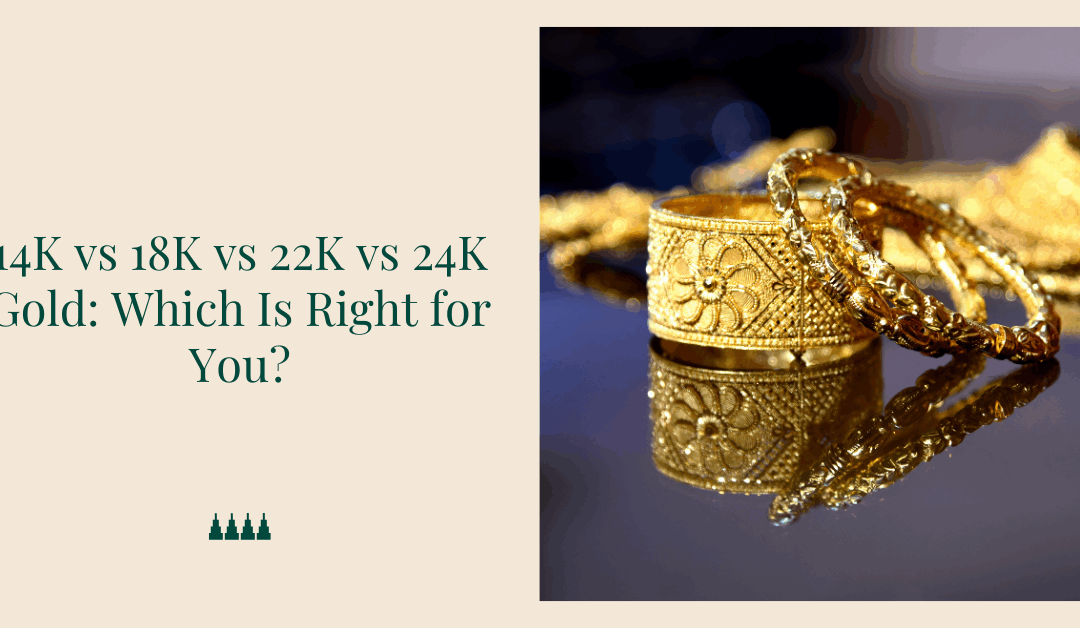Summary
Platinum vs white gold both have an elegant silver white appearance but vary in strength, price, maintenance, and purity. Platinum is stronger, hypoallergenic, and low maintenance, whereas white gold is inexpensive but requires rhodium replating in the long term. The choice between the two relies on your way of life and budget
Introduction
When selecting jewellery, particularly for wedding bands, engagement rings, or family heirloom pieces, deciding between white gold and platinum is more than aesthetics. While both offer a silvery white appearance, there are differences in their durability, maintenance, price, and long-term value.
Platinum is also known for its durability, purity, and inactivity to allergic reactions, and white gold offers the same look at a budget-friendly cost. Knowing how they compare will be able to make a sound decision based on your lifestyle, budget, and style.
Here’s platinum vs. white gold, what they have to offer, and which would be best for your jewellery requirements.
When choosing between white gold and platinum for your jewellery, it’s helpful to understand the main differences based on composition, longevity, price, upkeep, and hypoallergenicity. Although both metals have a cool, new, and high-end look, their attributes differentiate them in terms of how long they’ll last and be worth it. Let us find out more about these areas.
Platinum vs. White Gold: Which Metal is Best for Your jewellery?
1. Composition & Appearance
- Platinum: Platinum is white in its natural state, so it doesn’t need any finish coats to display its gorgeous, silvery-white beauty. It will never tarnish and will always keep its hue, forming a soft patina over the years, which only serves to add to its loveliness.
- White Gold: White gold is actually yellow gold combined with white metals like palladium, silver, or nickel to give it a silvery appearance. It is then plated with rhodium, which gives it a shiny, mirror-like appearance. It subsequently wears away the layer of rhodium but needs to be replated every now and then in order to have its shiny appearance.
VBJ Tip: If you prefer a metal that will retain its original color permanently, platinum is the better option. If you like a bright, mirror-like finish but at lower cost, white gold is adequate but mind its requirement of regular replating.
2. Longevity & Durability
- Platinum: Platinum is one of the densest and hardest metals employed in high-end jewellery. Platinum is extremely resistant to scratches and wear, and this makes it perfect for rings and heirloom-style jewellery. With time, platinum acquires a patina, a soft, flat finish that lends its character without weakening it.
- White Gold: White gold is a harder metal than platinum, so it will be more resistant to scratches. But white gold is thinner and will become worn down over time. You’ll see that a white gold ring will become worn down, and you’ll have to keep its shape and brilliance in line by having it refinished on a regular basis.
VBJ Tip: If you like a low-maintenance metal that will endure for decades, then platinum is the best. If you prefer a hard metal that will not scratch but must be refinished, white gold is a better option.
3. Hypoallergenic Features
- Platinum: Platinum is inherently hypoallergenic since it contains 95% pure platinum without any skin-irritating alloys. It is ideal for sensitive skin or individuals with metal allergies.
- White Gold: White gold is often alloyed with nickel, which will irritate or make sensitive the skin of individuals with allergies. Although there are nickel free alloys used in some white gold jewellery, it is wise to examine the composition prior to purchasing.
VBJ Tip: If you are sensitive to your skin or allergic, it is always better to opt for platinum to prevent irritation. If you like white gold, use nickel free alloys to provide comfort.
4. Cost & Value
- Platinum: Platinum is more costly than white gold since it is pure, heavy, and rare. Platinum jewellery is 40–50% more costly than white gold, yet it remains long term value as an investment.
- White Gold: White gold is cheaper but offers a luxurious appearance. Less pricey than platinum, it can be used for engagement rings, wedding bands, or fashion jewellery.
VBJ Tip: If you are willing to pay for the long term and desire a product that will last, platinum is definitely worth paying for. If you desire a similar look at a lower price, white gold is an excellent alternative.
5. Maintenance & Care
- Platinum: Platinum is low maintenance and needs only occasional polishing to bring out the shine. It also forms a patina that people adore for its vintage sophistication.
- White Gold: As white gold is plated with rhodium, it will need replating every 1-3 years so that it doesn’t whiten and get a whitish yellowish tinge.
VBJ Tip: If you prefer low maintenance jewellery, platinum is your best bet. If you don’t mind maintenance that is more frequent, white gold is a good alternative.
Which Metal Will Work Best for Your jewellery
| FEATURE | PLATINUM | WHITE GOLD |
| Color & Appearance | White in nature, retains color with age | Needs rhodium plating to maintain brightness |
| Durability | Highly durable, will develop patina | Difficult but will thin with age |
| Hypoallergenic | Yes, suitable for sensitive skin | Can have nickel, which is allergic-inducing |
| Cost | More costly because of scarcity | Lower priced, affordable choice |
| Maintenance | Low maintenance, occasional polishing | Needs rhodium replating every few years |
Key insights:
- Pick Platinum if you desire durability, purity, and hypoallergenic ness.
- Pick White Gold if you desire a similar but budget-friendly look but are fine with regular maintenance.
Why Choose Vummidi Bangaru Jewellers for Platinum & White Gold Purchases
VBJ (Vummidi Bangaru Jewellers) is the ideal pick for platinum and white gold jewellery because of its tradition of craftsmanship, stringent quality, and skilled design expertise.
Established as far back as 1900, VBJ hallmarks every item to guarantee authenticity, presenting superior platinum and white gold jewellery with a blending of contemporary chic and age-old craftsmanship. Our certified, conflict-free metals, along with custom styling possibilities, enable customers to design personalised, enduring jewellery pieces.
If you’re looking for hypoallergenic platinum for durability or economical white gold for luster, VBJ offers superior designs, professional advice, and long-term worth, so it is the reliable choice for fine jewellery. Discover VBJ’s stunning platinum and white gold collections at VBJ and redefine luxury.
Conclusion
It’s one to take based on price, lifestyle, and final desires. Platinum is extremely strong, naturally hypoallergenic, and needs little maintenance, which makes it perfect for family heirloom jewellery. White gold provides the same look at a more affordable price, but needs rhodium re-plating in order to keep it shiny. Both metals produce exquisite, elegant jewellery, and choosing the right one will keep it looking beautiful and worthwhile forever.
For premium platinum and white gold jewellery, VBJ has best-in-class products, combining heritage craftsmanship with contemporary fashion. Browse VBJ’s private collections and discover the ideal one for your personal style and requirements.
FAQs
1. What metal is suitable for engagement rings?
Platinum is stronger and hypoallergenic, making it the perfect choice for engagement rings to be worn for a lifetime.
2. Does white gold need to be maintained?
Yes! White gold requires rhodium re-plating occasionally to keep it white.
3. Is platinum worth additional funds?
Yes! Platinum is stronger, purer, and low-maintenance and therefore a better investment in the long term.
4. Can I place platinum or white gold custom jewellery orders at VBJ?
Yes! VBJ has custom engraving, gemstone setting, and custom designs for custom jewellery.
5. Where can I purchase VBJ platinum jewellery and white gold jewellery?
Discover VBJ’s private collections on VBJ and buy online or drop at our store.
 Store Locator
Store Locator 







0 Comments